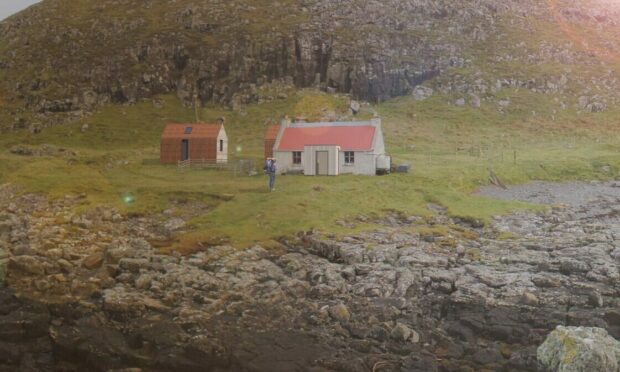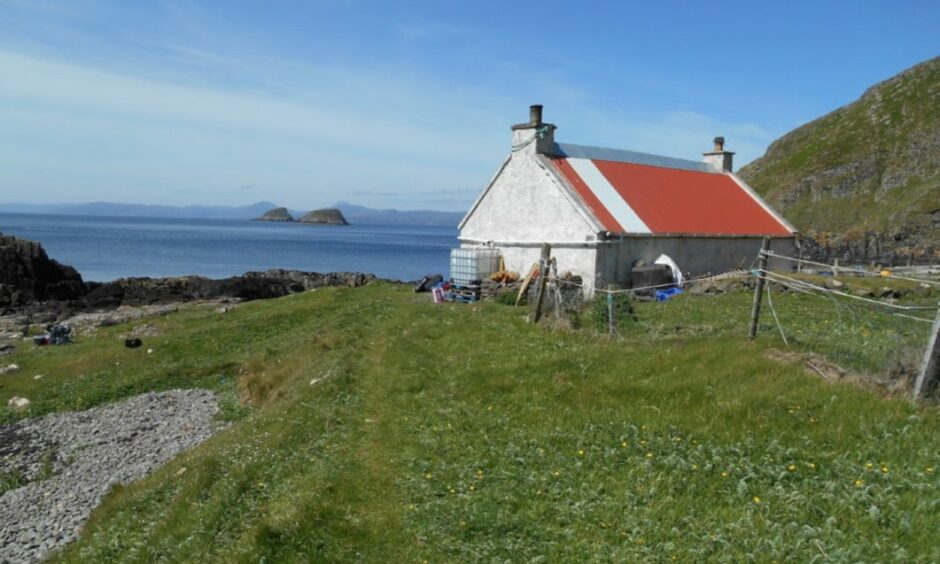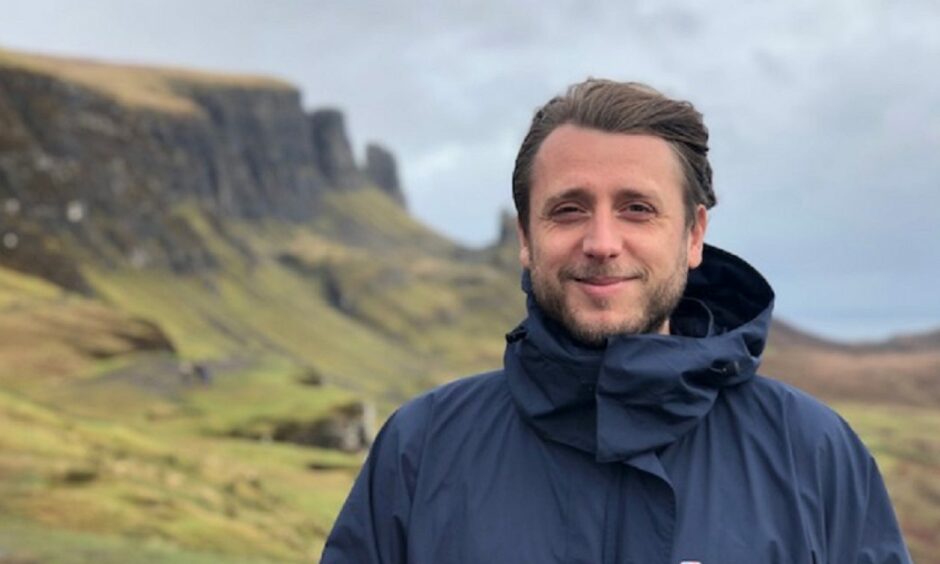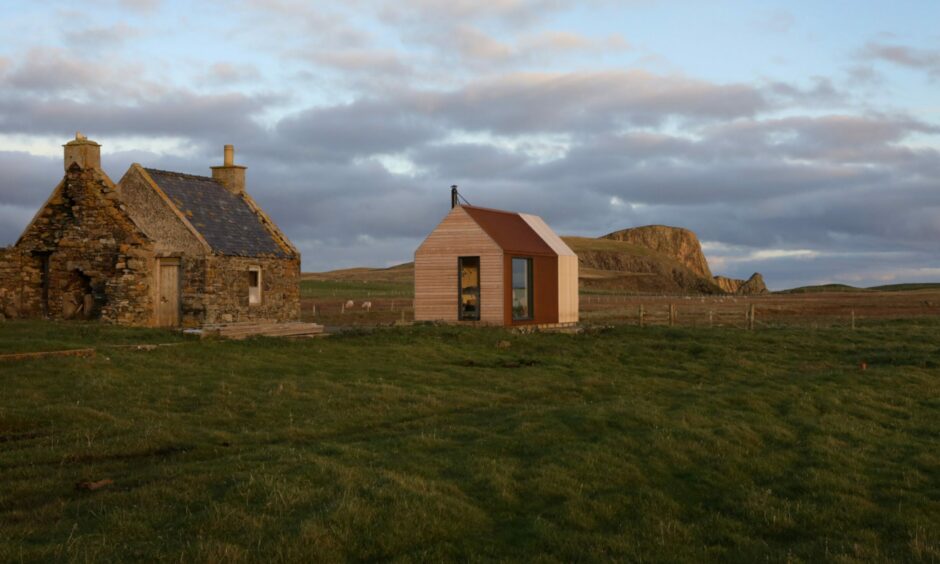It’s the perfect getaway if you don’t seek too much human company, but don’t mind thousands of other neighbours.
Planning permission has been granted to install two new bothies on the Shiant Islands off Lewis where people last lived full-time almost 120 years ago.
A crowdfunding appeal last year received pledges of £80,000 to build and ship the ‘non domestic residential units’ this summer.
No human residents but thousands of birds
The remaining human inhabitants left in 1905, but the Shiant Islands are one of the most important breeding colonies for seabirds in Europe, with some 300,000 nesting in summer.
Currently the only remaining building on the islands is a 150-year-old bothy used by the 40-50 visitors who arrive each year.
The majority of groups that stay camp in tents, keeping the bothy as a separate communal space for meeting, cooking and playing games.
The proposed ‘artist bothies’, which can each house four people, will be built off-island and shipped to the Shiants with the aim of maintaining visitor facilities for the next 50 years.
Once owned by Whisky Galore author Compton MacKenzie, the Shiant Islands were bought in 1937 by Nigel Nicolson, then an undergraduate at Oxford.
Nicolson later became a writer, publisher and politician.
His son, the writer Adam Nicolson, published the definitive book on the islands, Sea Room, in 2001.
Keeping the islands open for future generations
Today, the group of islands are owned by Adam’s son, Tom Nicolson.
Tom said: “We wanted to make an investment so the islands are ok for the next generation.
“There has been demand from visitors ever since I inherited the islands, and even since my father inherited them.
“This is a good opportunity to keep the islands open for everyone to go and enjoy for the next half century.”
The bothies project started when two metallic portable cabins were flown in to be used as sleeping and storage hubs by volunteers.
But while popular with visitors, as they offered added protection against the elements, it was felt they were not in keeping with the islands and were removed.
However, the general idea remained and focus turned to the artist bothies which will each have a double bed, with room for two extra beds under the gable.
It is also proposed to convert the existing bothy into one large room by knocking through the central wall.
As well as visiting groups of birdwatchers, archaeologists and geologists, the bothies will be used by crofters who visit the islands and are required to stay overnight, sometimes for weeks at a time.
The proposed units are an evolution of a network of off-grid artist residencies designed by artist Bobby Niven and architect Iain MacLeod.
They were developed to meet demand for multi-purpose, self-contained cabins that can be located anywhere.
Similar structures have been installed in places including Eigg, Inshriach, near Aviemore, and on Fair Isle.
Shiant bothies are a ‘challenging logistical exercise’
Iain’s involvement in the project continued a family interest in the Shiant Islands. In 1962 his father, Murdo MacLeod, was among a group of sea cadets that took writer and broadcaster Tom Weir to the islands.
He said: “This will be quite a challenging logistical exercise, but we’ve designed these products to be adaptable and to be taken to difficult to reach locations.
“We installed one on Fair lsle last year but this is a far more adventurous installation.”
The Shiant Islands are home to around 10 per cent of UK puffins and seven per cent of UK razorbills breed there every year.
There are also thousands of guillemots, razorbills, fulmars, kittiwakes, shags and gulls, as well as great skuas.
The seabird population was once threatened by black rats, thought to have arrived from an 18th century shipwreck.
In 2012 a survey estimated there were around 3,600 rats on the islands, but in 2018, the islands were declared rat-free.
Are you interested in more exclusive and breaking Highland and Islands news from the P&J? If so, why not join our dedicated Facebook page HERE




Conversation